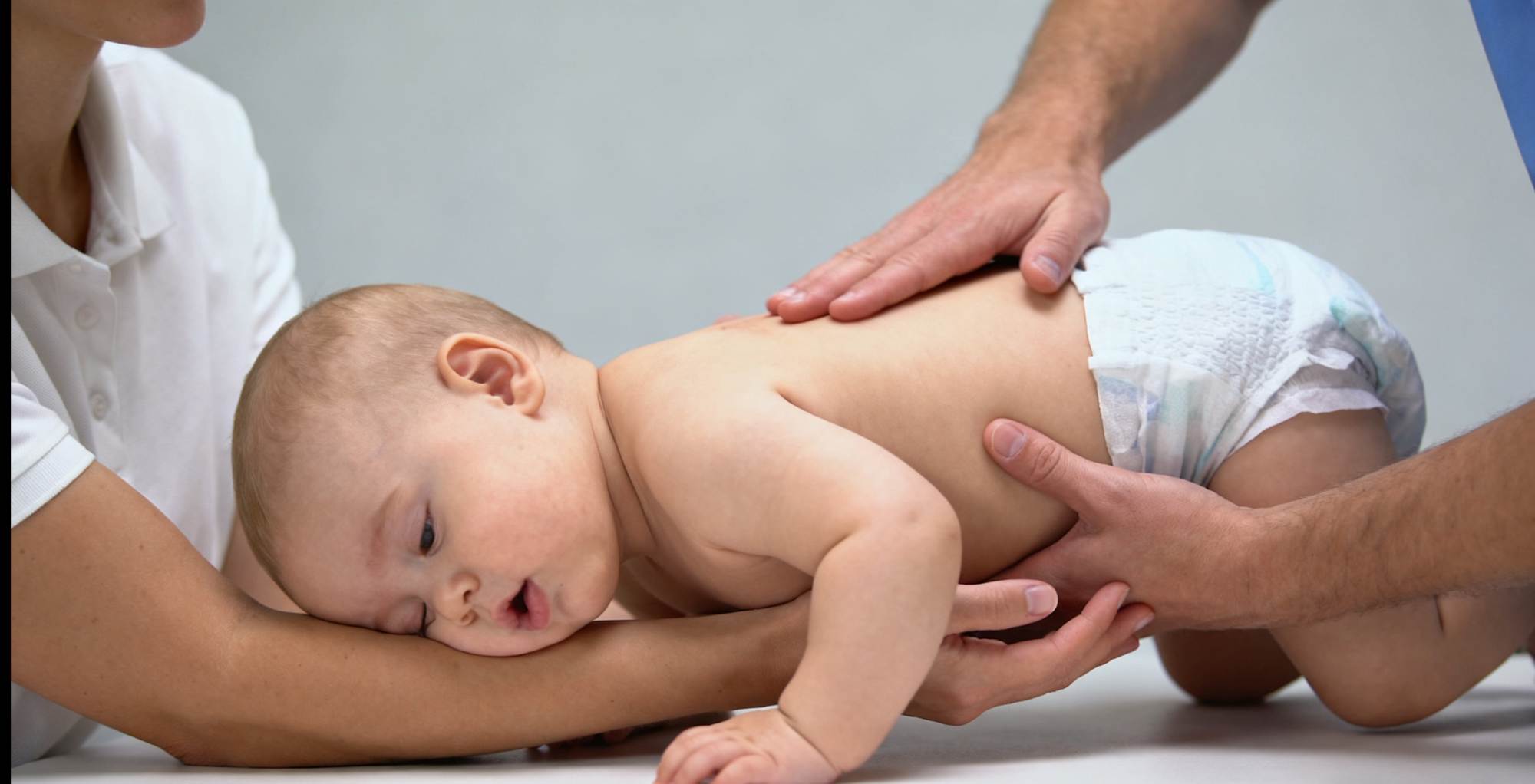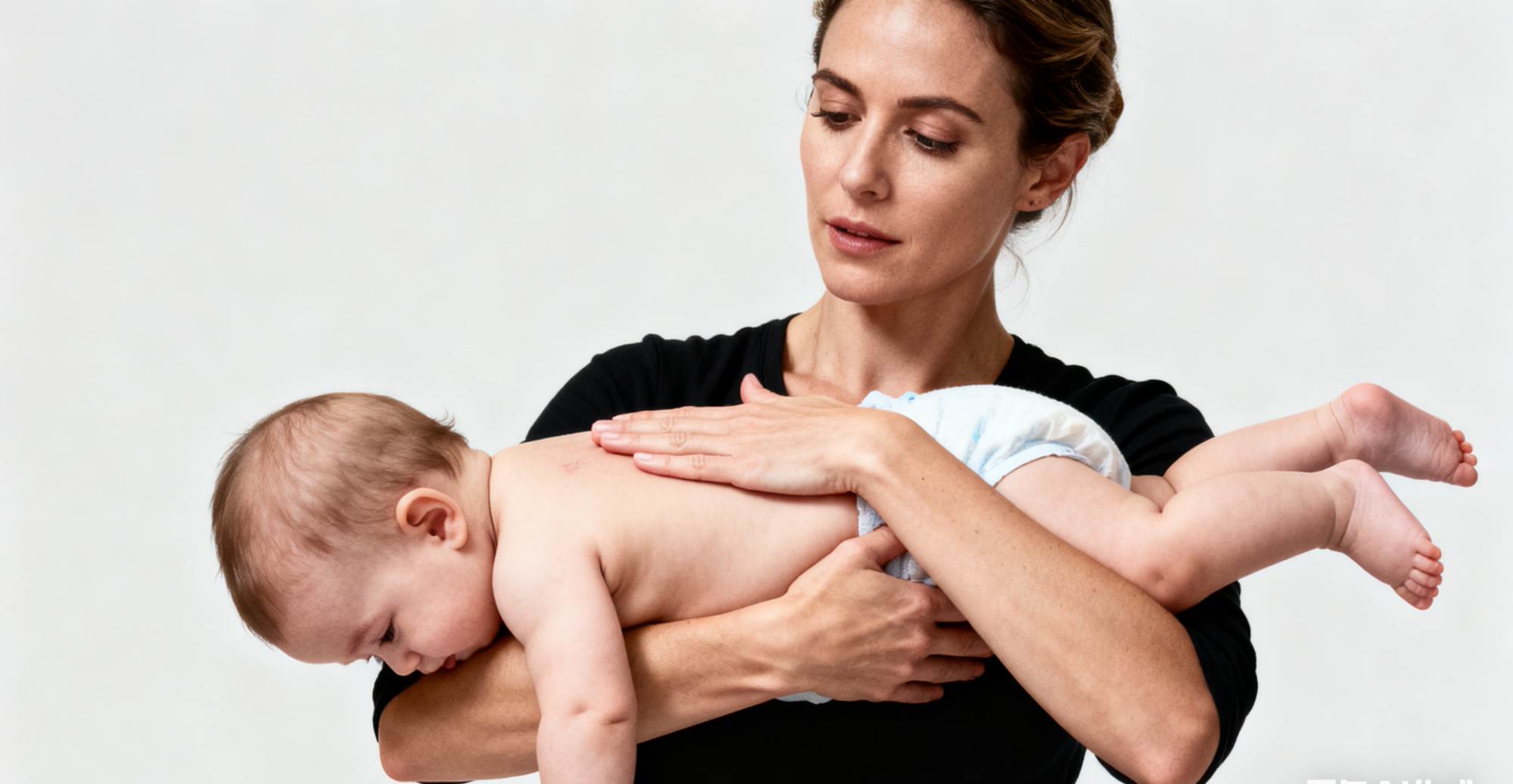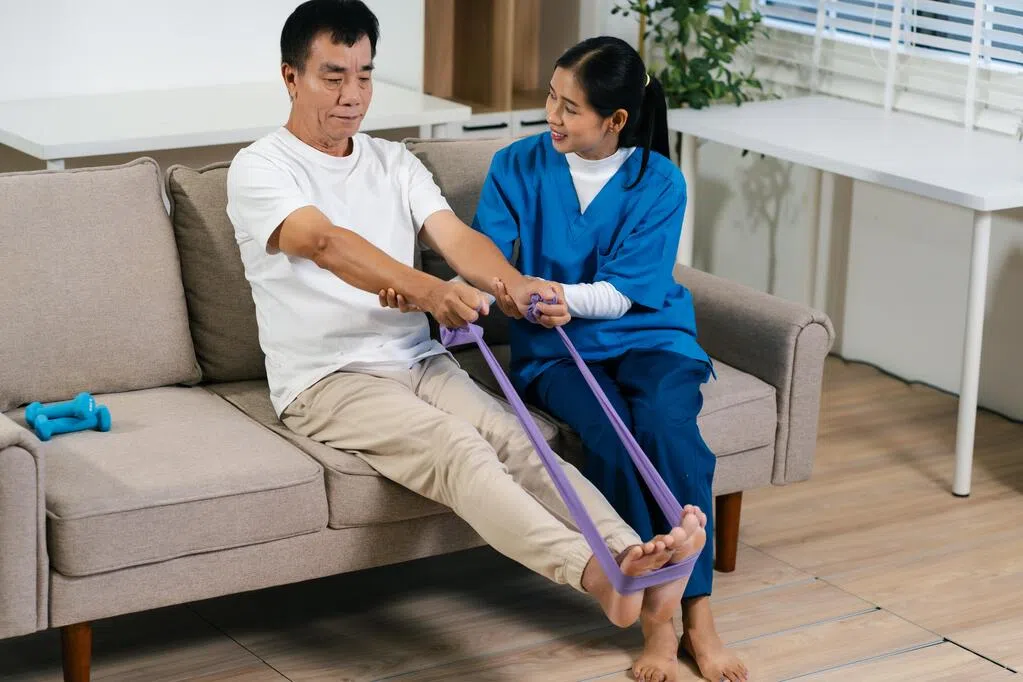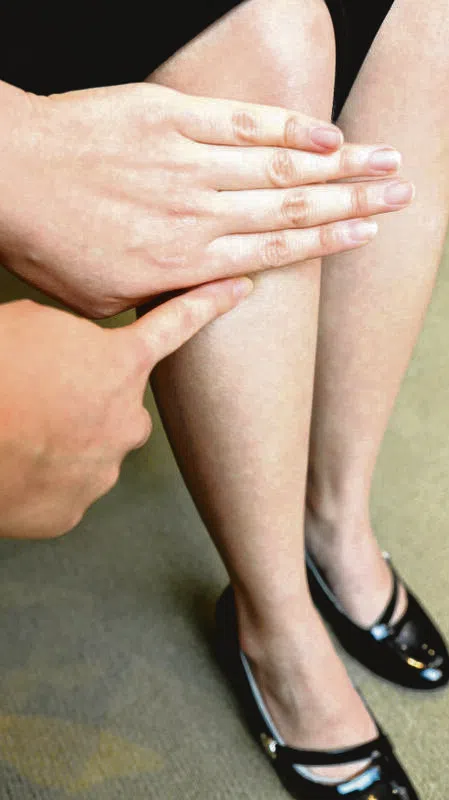Children are adorable yet fragile, prone to laughter and tears, mischievous, and putting everything in their mouths. Accidents often happen unexpectedly. News of children choking on foreign objects is common every year, and without timely and correct treatment, it can destroy a family's happiness.
Airway obstruction is a major cause of suffocation death in children. When obstruction occurs, the golden rescue time is only 4 minutes; getting to the hospital is often too late. So, how can we prevent this tragedy? This article introduces the Heimlich maneuver.
content
I. What is the Heimlich Maneuver?
II. When to Use the Heimlich Maneuver?
III. Heimlich Maneuver for Infants Under 1 Year Old
IV. First Aid Methods for Children Over 1 Year Old
V. Why is Airway Obstruction Common?
Warm Reminder

I. What is the Heimlich Maneuver?
The rescuer hugs the patient and suddenly applies pressure to their upper abdomen, forcing the upper abdomen to sink and causing the diaphragm to rise suddenly. This sudden increase in pressure in the chest cavity forces air into the trachea, expelling the foreign object and restoring airway patency. This method is known as the "hug of life."
II. When to Perform the Heimlich Maneuver
The Heimlich maneuver begins with accurate symptom identification to gain crucial time for rescue. If a child suddenly coughs, cannot speak, breathes rapidly, and turns cyanotic, it indicates airway obstruction, and the Heimlich maneuver should be performed immediately.
III. Heimlich Maneuver Procedure for Infants Under 1 Year Old
1. Immediately place the infant face down on your arm, head down, feet up. Support the jawbone with your palm, tilting the head slightly back to open the airway. Place the heel of your other hand between the infant's shoulder blades and deliver five downward and forward thrusts, observing whether the foreign object is expelled.
2. After five back blows, observe whether the foreign object is expelled. If not, turn the infant onto their back on your arm, head down, feet up. Press firmly with your middle and index fingers five times on the area one finger-width below the midpoint between the nipples.
3. Repeat the above two steps alternately until the foreign object is expelled.

IV. First Aid Procedures for Children Over 1 Year Old
1. If the child is conscious and able to stand, let them stand. The rescuer stands or kneels behind the child, wraps their arms around the child's waist, and tilts the child's upper body forward. The rescuer makes a fist with one hand, knuckles facing inward, and places it two finger-widths above the child's navel. The other hand covers the fist, and the rescuer thrusts inward and upward repeatedly and quickly until the foreign object is expelled.
2. If the child is unconscious or unsteady, lay them flat to open their airway. The rescuer straddles the child's outer thighs, and with the heel of one hand, presses on the area two finger-widths above the navel, overlapping both hands. The rescuer thrusts inward and upward repeatedly and quickly until the foreign object is expelled.
V. Why is Airway Obstruction Common?
1. The epiglottis, where the trachea crosses the esophagus in infants and young children, is not fully developed. During swallowing, talking, crying, or laughing, food can easily enter the trachea, causing suffocation. 2. Infants' teeth are not fully developed, making it difficult for them to chew finely chopped food thoroughly.
3. Infants have weaker protective reflexes in their throats; laughing, crying, falling, or even being suddenly startled while eating can easily cause foreign objects to be aspirated into the trachea.
4. Parents lack childcare experience and may try to distract their children by playing with them at inappropriate times.

Warm Reminder: When a child experiences airway obstruction due to a foreign object, do not feed them anything, especially attempting to use water to dislodge the object. Regardless of whether the foreign object is removed, seek immediate medical attention.













